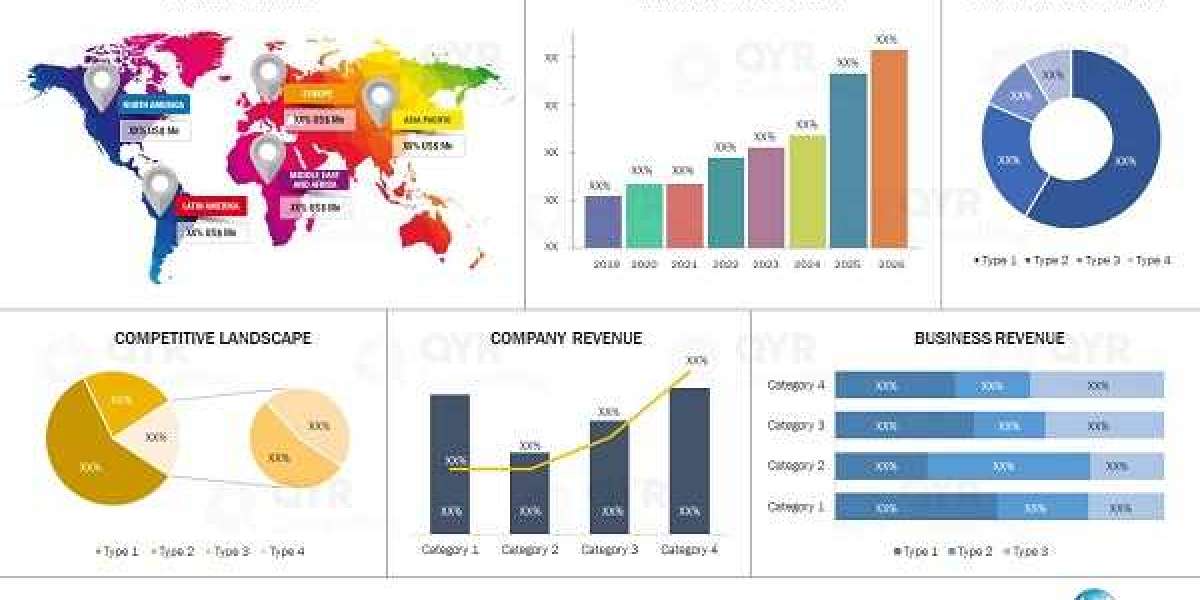In the dynamic world of startups, control and flexibility are crucial—especially when it comes to company ownership. One contractual clause that plays a significant role in shaping these dynamics is the Right of First Refusal (ROFR). This legal provision, often embedded in investment agreements, can significantly influence both founders and investors during future financing rounds, share transfers, or exits.
Whether you're a founder building your first company or an investor protecting your stake, understanding the ROFR—how it works, its benefits, and its implications—is essential. Let’s break it down.
What Is the Right of First Refusal (ROFR)?
The Right of First Refusal is a contractual right that gives an existing investor (or another party, such as the company itself) the first opportunity to buy shares before the selling shareholder can offer them to external buyers. If a shareholder—commonly a founder, employee, or early-stage investor—intends to sell their shares to a third party, they must first offer those shares to the holder(s) of the ROFR, typically on the same terms.
Key Elements of ROFR:
Trigger: A shareholder intends to sell their shares.
Notice: The seller must notify the ROFR holder of the intent to sell and the proposed deal terms.
Response Window: The ROFR holder usually has a limited time (e.g., 10–30 days) to decide whether to purchase the shares on the same terms.
Third-Party Sale: If the ROFR holder declines, the seller may proceed with the third-party sale, subject to conditions.
ROFR in Startup Financing Agreements
ROFR clauses are most often seen in:
Shareholders’ agreements
Investor rights agreements
Employee stock option plans
Convertible note or SAFE agreements (less common, but possible)
Typically, venture capital (VC) investors negotiate ROFR rights as part of their investment to maintain control over who joins the cap table. The provision becomes particularly relevant in secondary sales, when founders or early employees seek liquidity by selling shares.
Why Investors Want ROFR
For investors, the ROFR provides three major benefits:
1. Control Over Cap Table Composition
Investors are careful about who else is on the cap table. Allowing unknown third parties (especially competitors or hostile entities) to buy in could undermine strategy or governance. ROFR gives investors a veto-like power without directly restricting liquidity.
2. Preemptive Value Capture
If a third party is willing to pay a premium for shares, a ROFR lets existing investors buy in at that same valuation, often benefiting from future upside without additional risk.
3. Protecting Their Stake
ROFR helps prevent dilution of influence—even if it's not a full anti-dilution mechanism. While not the same as a pro rata right (which governs new issuances), it can help investors preserve a proportionate share of ownership.
How ROFR Impacts Founders
For startup founders, ROFR can be a double-edged sword.
Pros for Founders:
Establishes Trust With Investors: ROFR rights are often a key ask from serious investors. Agreeing to them can show good faith and help secure funding.
Potential Buyer: In a liquidity event (e.g., a partial exit), existing investors might be the quickest and most reliable buyer, especially during early growth stages.
Cons for Founders:
Reduced Liquidity Options: ROFR can make it harder to sell shares. Third-party buyers may be discouraged from negotiating if they suspect their offer will be matched by an existing investor.
Delayed Transactions: The ROFR notice and response period can slow down deals.
Price Constraints: Some ROFR clauses come with valuation caps or fair market value requirements, which may limit upside.
Common Variations of ROFR Clauses
There’s no one-size-fits-all ROFR. Here are some variations founders and investors should be aware of:
1. Company vs. Investor ROFR
Sometimes the company, rather than the investors, holds the right to repurchase shares. This can help the startup manage its ownership structure and reduce outside interference.
2. Tiered ROFR
Often, ROFR rights are structured in tiers. For example:
The company gets first refusal.
If the company declines, investors have the right.
If investors decline, the shares can be sold externally.
3. Time Limits and Conditions
Clauses may include specific timelines for response, caps on pricing, or limited applicability (e.g., not applying to certain internal transfers or estate planning).
ROFR vs. Other Related Clauses
It's easy to confuse ROFR with other terms—here's how they differ:
Pro Rata Rights: Give investors the option to participate in future fundraising rounds to maintain their ownership percentage.
Right of First Offer (ROFO): Requires the seller to offer shares to the ROFR holder first before negotiating with third parties.
Drag-Along Rights: Allow majority shareholders to force minority shareholders to sell during an acquisition.
Tag-Along Rights: Allow minority shareholders to join a sale initiated by a majority holder.
Negotiating ROFR as a Founder
Founders should negotiate ROFR clauses with care. Consider these best practices:
1. Limit Scope
Try to restrict ROFR to large investors or board members, rather than granting it to all shareholders.
2. Set Time Boundaries
Ensure the ROFR process can’t drag out indefinitely—define clear response times (e.g., 15 days) and transaction closing deadlines.
3. Allow Limited Transfers
Negotiate exceptions for transfers to trusts, family members, or other founders.
4. Clarify Expiry or Milestones
Sometimes ROFR clauses expire after a certain number of years, after a liquidity event, or once a valuation threshold is reached.
Conclusion: ROFR as a Tool for Balance
The Right of First Refusal is neither inherently good nor bad. It’s a tool—one that helps balance investor control and founder flexibility. For investors, it’s a shield against unwanted shareholders and a chance to strengthen their position. For founders, it’s a bargaining chip, a potential liquidity outlet, and a hurdle in exit planning.










